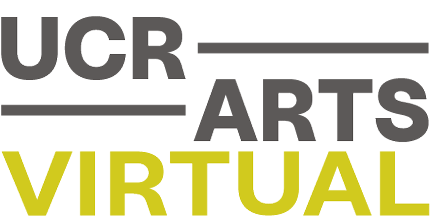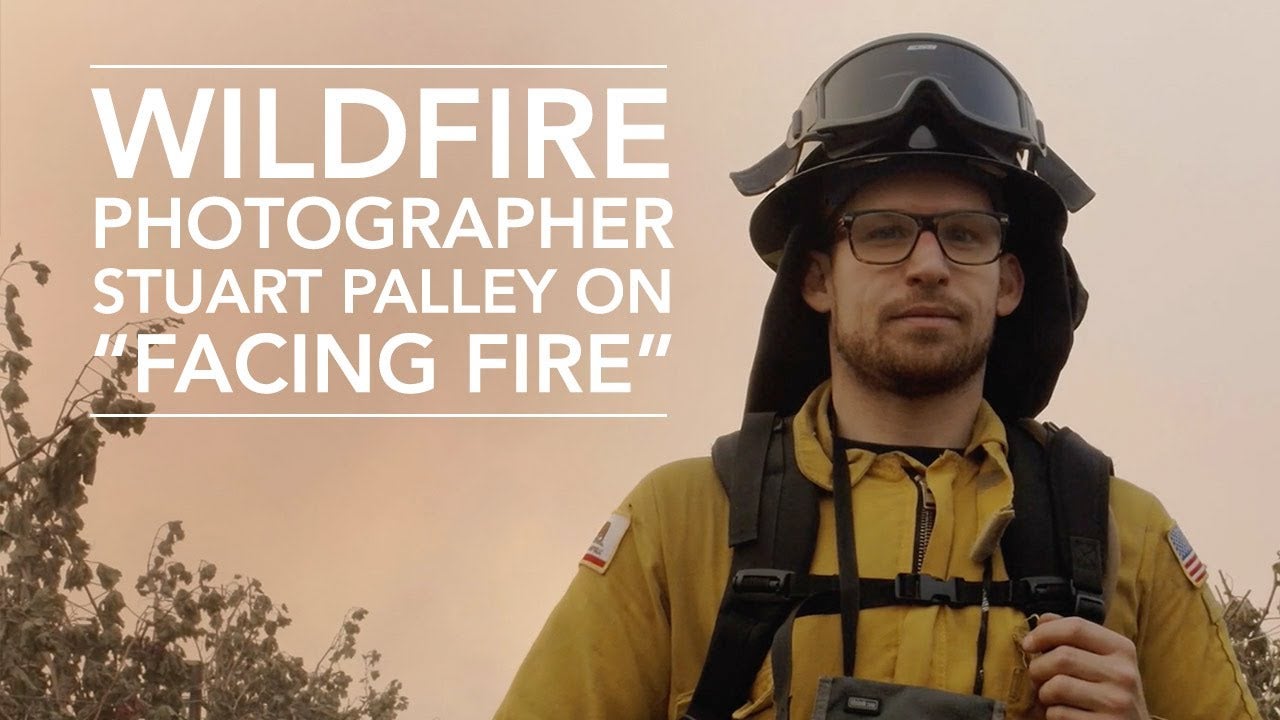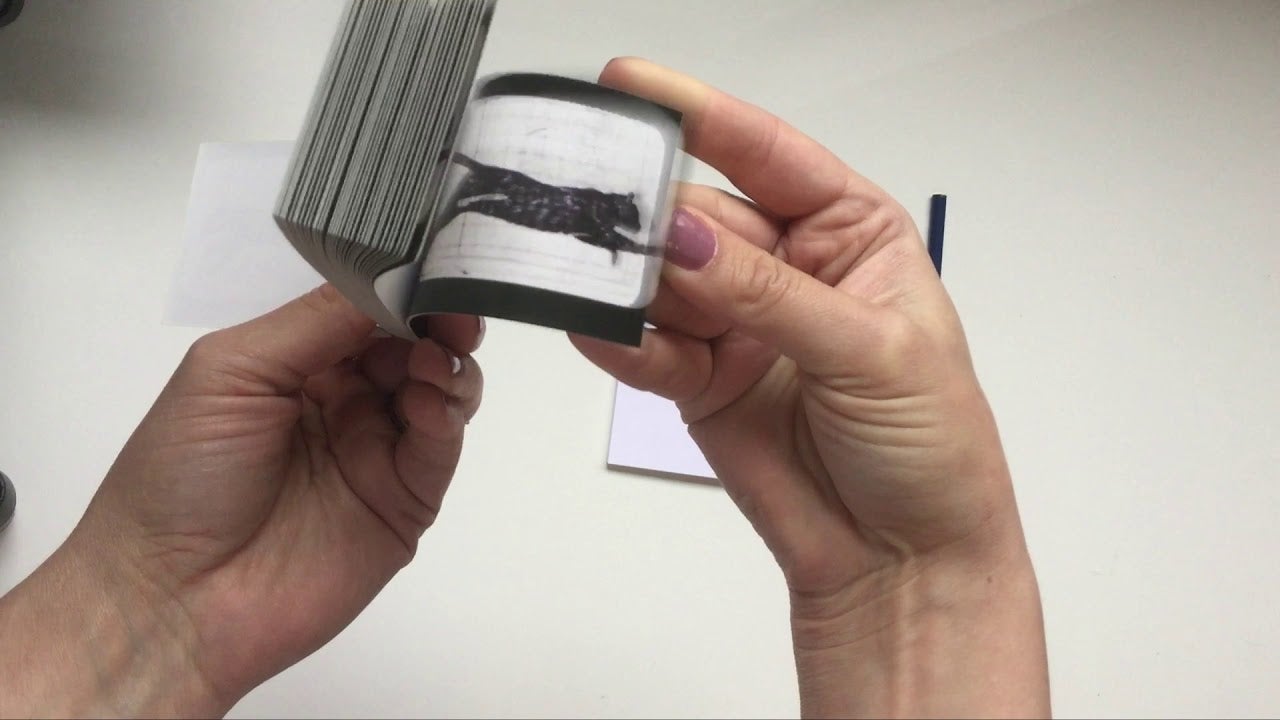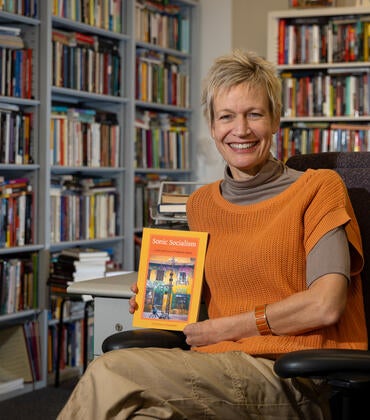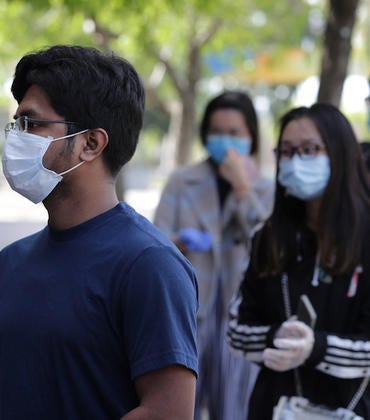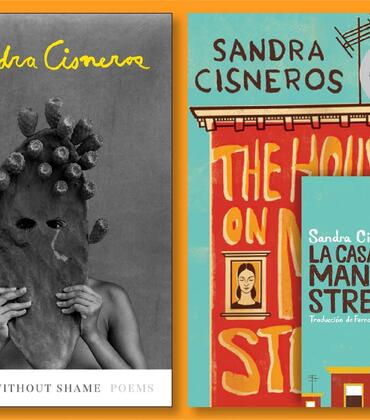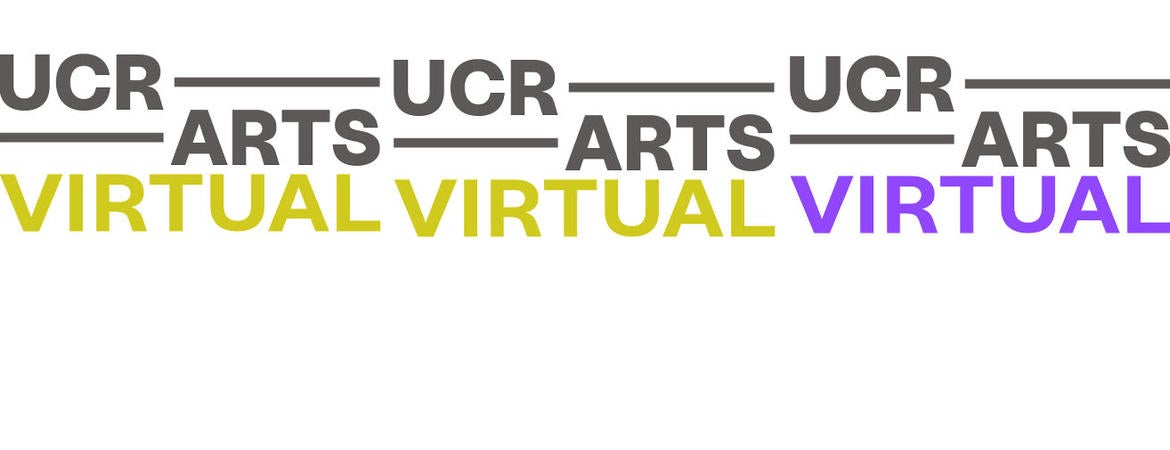
As much of the nation continues to shelter in place and art institutions remain closed due to COVID-19, UCR ARTS is welcoming guests to explore its exhibitions and programming from home with the launch of Virtual UCR ARTS.
Developed in response to the pandemic, the website features immersive virtual tours and images from select exhibitions at UCR ARTS’ California Museum of Photography and Culver Center of the Arts as well as artist interviews, performances, family-friendly art-making activities, and a virtual cinema. More content will be added in the coming weeks and through the duration of the shutdown.
“The website started because our existing site doesn’t yet have all the functionalities we need to present content dynamically,” said Nikolay Maslov, UCR ARTS’ curator of film and media projects, who spearheaded the creation of Virtual UCR ARTS. “This serves not as a replacement to the main site, but as a supplement and project space for the interim time.”
The website was also made possible in part by a sponsorship awarded by Altura Credit Union for the 10th anniversary of the Culver Center.
“Originally we were going to be using corporate sponsorship for the Culver’s 10th year anniversary programs within our four walls, but then this happened and we thought this is a great opportunity to have Altura help us launch a program that is going to continue way beyond COVID-19,” said Sheila Bergman, executive director of UCR ARTS.
Although the virtual website is new, UCR ARTS staff have long been developing innovative ways for guests to engage with exhibitions and programming, and the museum has a rich history of exploring digital media to enhance its offerings, Maslov said. He notes it was one of the first museums to produce a podcast series, back in 2008 — a selection of episodes from which will also be added to the website — and had been developing 360-degree virtual tours for several years.
“We have been using these tools to document and enhance our programs outside the gallery space, but really it was this moment with the pandemic that gave us the incentive to do more with it,” UCR ARTS’ exhibitions manager Rita Souther said. “Until now, there was no outlet to publish this virtual content in a meaningful and consistent way.”
Current exhibitions such as “Facing Fire: Art, Wildfire, and the End of Nature in the New West” — which was on view at the California Museum of Photography for only three weeks before the shutdown — are now available for guests to explore virtually through guided 360-degree tours featuring narration from curators and staff. Guests can also dive deeper into exhibitions with accompanying interviews from artists discussing their work.
Select exhibitions no longer on view are also being added to the virtual website, giving guests a second chance to revisit past shows or see them for the first time.
“The new virtual website gives us the opportunity to re-present past exhibitions like ‘In the Sunshine of Neglect’ and expand those projects in new and interesting ways,” Maslov said. “Also, as we are entering the second decade of the Culver Center, we have an opportunity to look back at the things we’ve done, the collaborators we’ve had, the artists we’ve worked with — I think that’s a silver lining here, having this pause to really explore our archives.”
Other past exhibitions set to be added to the site include environmental activist and photographer Chris Jordan’s “Intolerable Beauty,” which will include a virtual tour with newly recorded narration from the artist, and “Stratum,” an artist’s project consisting of large-scale historical banquet photographs, organized by photographer and UCR art professor John Divola. The online presentation of “Stratum” will also include a deep dive into the history of the organizations represented in the photographs, a new addition to the virtual iteration of the exhibition.
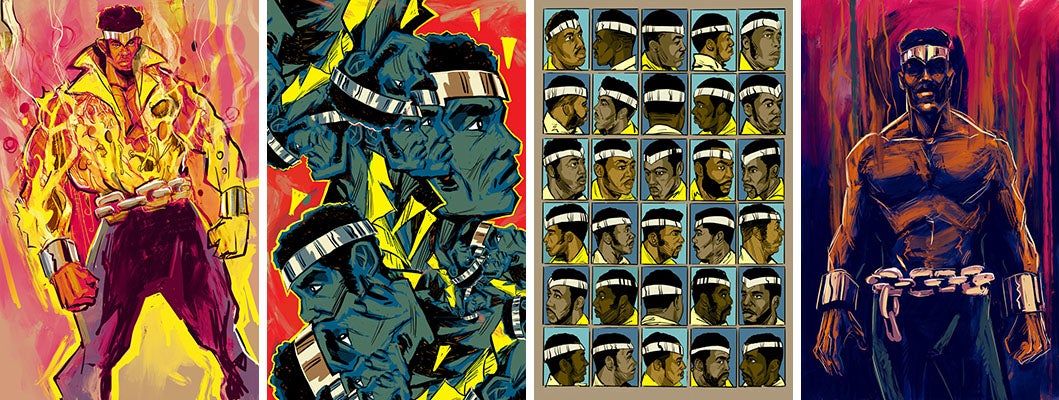
In lieu of UCR ARTS’s in-person film series, which Maslov curates, the website is also offering a virtual cinema, which Maslov said has proven especially popular with visitors. Many of the films set to be screened in the Culver Center’s theater — in addition to new film selections — are being made available to rent from home through the website.
“All of our staff is really embracing this project, and this will all carry on after we physically reopen,” Maslov said. “We’re using this moment to sharpen our skills and embrace all these new technologies, educational tools, and storytelling techniques.”
The pause in normal museum operations has also afforded unique opportunities for UCR ARTS to engage with the broader UCR community. The art institution has partnered with Ian Dicke, an associate professor of music, in a project that will see students and faculty composing pieces of music in direct response to artwork from “Facing Fire.” Music professor Paulo Chagas is also working with UCR ARTS to produce a series of audio-visual experiments developed with his students based on the 1929 Dziga Vertov film “Man with a Movie Camera.” The resulting compositions from both Dicke and Chagas’s projects will be featured on the website.
“It makes total sense for a university museum to be doing this and sharing this worldwide,” said Douglass McCulloh, UCR ARTS senior curator and curator of “Facing Fire.” “That’s part of the research function; that’s part of the exhibition function. We’ve been thrown headlong into dealing with it, but it leads to the future.”
Amid the shutdown, UCR ARTS staff also recognize the importance of continuing to engage with the Inland community and beyond and are offering art and educational opportunities for families sheltering in place. A series of activities and educational videos developed by Lindsey Hammel, UCR ARTS’s manager of school and volunteer docent programs, are also available on the website.
“When this happened, we started creating UCR ARTS for Kids videos that have a brief art history lesson and a hands-on activity kids can do with materials they already have at home to help them better understand,” Hammel said.
Parents and kids can learn how to make their own camera obscura or stop motion animation, in addition to other activities available on Virtual UCR ARTS. The site also offers coloring pages based on work from the museum’s collections and even pixelated versions of artwork, which guests can download for use in the popular video game Animal Crossing.
“No one has the collections we have and our community — the intersection of UCR and the greater Inland Empire — is really special too,” Maslov said. “That's what we are really trying to nurture in this time when we can’t be involved with our community in person, trying to put out content that would speak to what folks would expect from us.”
While the coronavirus served as the impetus for the creation of the new virtual website, the main UCR ARTS website had already been in the early stages of redevelopment to allow for more dynamic media, with a tentative launch date of October 2020. As such, Virtual UCR ARTS serves not just as a means for guests to explore exhibitions and programming while the physical museum is closed, but as a hub of experimentation for future exhibitions.
“It’s a sort of incubator of ideas,” Maslov said. “It gives us an opportunity to finesse our own workflows of creating content and think about how our exhibitions live outside of the museum. Now there’s an urgency to really present them in new ways because we don’t have a museum to welcome people into right now.”
Maslov notes the response to the various offerings will help dictate the kinds of virtual media the museum develops and the main UCR ARTS website will continue offering the same immersive and hands-on virtual experiences after the museum resumes normal operation.
“Even without the coronavirus, most people probably see works of art online, and the joke is that, at the end of the day, every work of art ends up being a photograph,” he said.
For Bergman, Virtual UCR ARTS not only represents the future of the institution’s programming, but is also indicative of how the museum will continue to grow and engage with audiences nationwide. She said online programming will also support traveling exhibitions.
“We only have X amount of people from the region who can come visit our museum and art center,” she said. “This gives us a much further reach throughout California and beyond with online programs.”
Perhaps most importantly, Virtual UCR ARTS is giving visitors access to a robust offering of art and programing, as well as an outlet for both creativity and distraction, while remaining safe through the COVID-19 pandemic.
“Even when things do start opening up, people might have different levels of comfort when engaging in the public sphere,” Maslov said. “We want to be respectful of how people will choose to engage in public settings in the coming months, so we just really want to present a wide content offering. We are all thinking about accessibility and making sure that people are safe at the museum, and I think presenting things on this website is one of the ways that we can continue to engage with people who might not immediately come back in and see us.”
